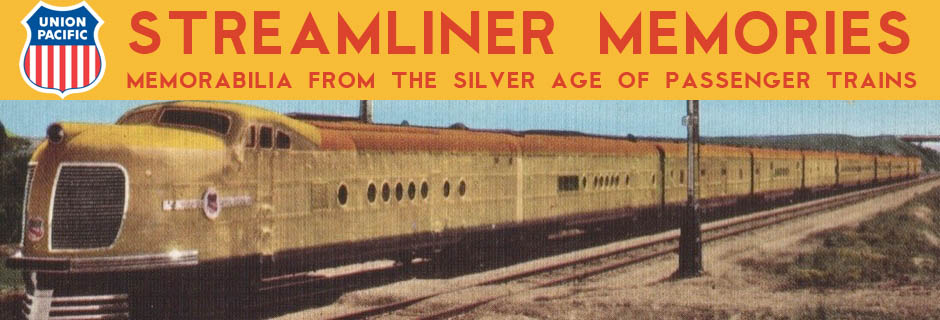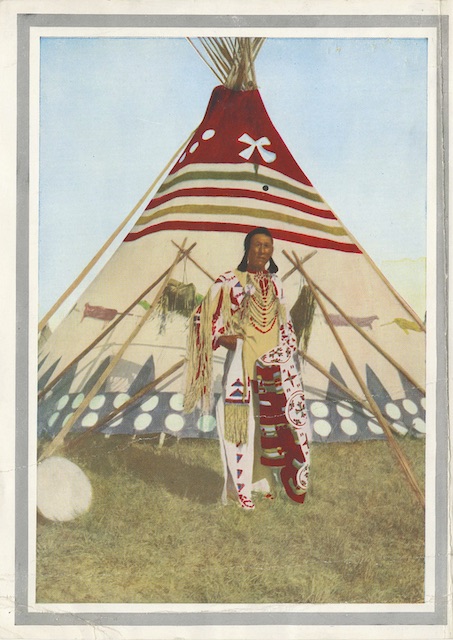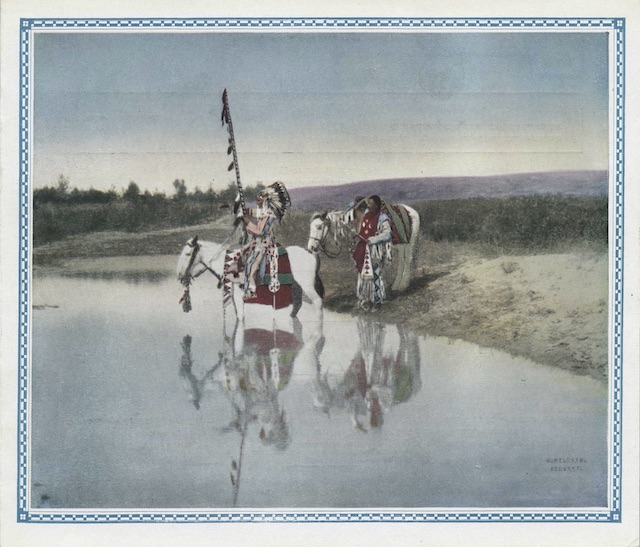Although my focus is on dining car menus, these Chung collection menus used on the Canadian Pacific steamships are so pretty that I wanted to include them as well. Since these steamship cruises were advertised on yesterday’s dining car menus, now seems an appropriate time. All of these menus are from 1932.
 Click image to download a PDF of this menu. Click here to go to the web page for this item.
Click image to download a PDF of this menu. Click here to go to the web page for this item.
First up is a breakfast menu card that was used on the Empress of Australia. It features Mount Assiniboine, which remains only accessible after an arduous, 17-mile hike from the nearest road. Its prominence on so many Canadian Pacific menus must be due to its resemblance to the famous Matterhorn. Continue reading









